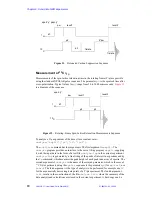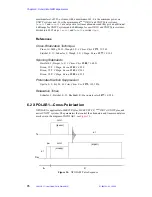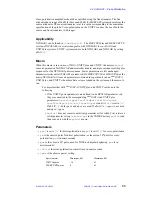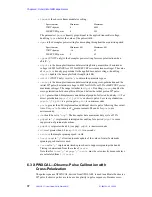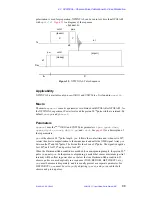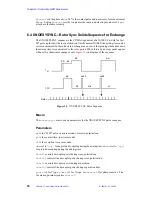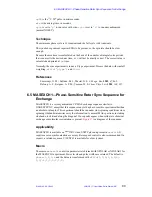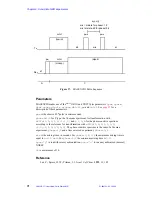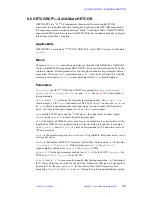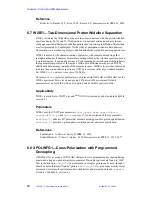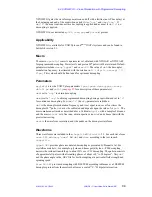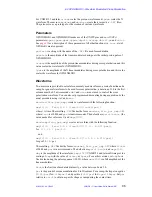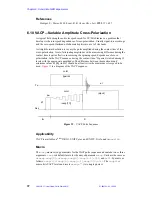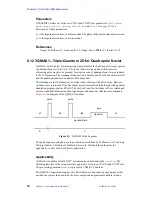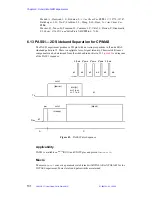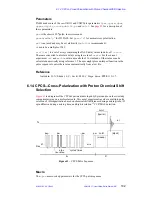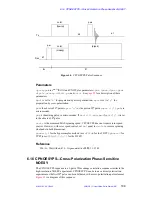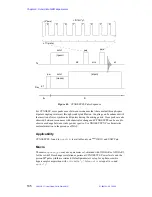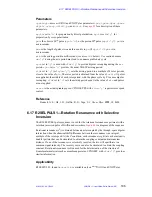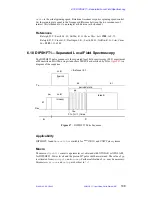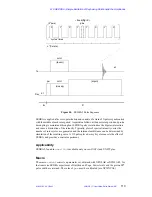
Chapter 6. Solid-State NMR Experiments
97
VNMR 6.1C User Guide: Solid-State NMR
01-999162-00 C0402
References
Hediger, S.; Meier, B. H.; Ernst, R. R. Chem. Phys. Lett. 1993, 213, 627.
6.10 VACP—Variable Amplitude Cross-Polarization
As typical field strengths and rotor speeds used for CP/MAS increase, a problem that
develops is the rotor speed dependence of cross-polarization. Usually signal-to-noise drops
and the zero-speed Hartmann-Hahn match splits into a set of sidebands.
A straight-forward solution is to vary the pulse amplitude during the contact time of the
cross-polarization. A set of alternating amplitudes with an increasing difference during the
contact time is quite effective in removing the spinning speed dependence of cross-
polarization. In the VACP sequence, during the contact time,
1
H power is varied among 11
levels with the appropriate amplitudes. The difference between the maximum and
minimum values of
γ
B
2
(in Hz) should be at least twice the maximum rotor speed to be
used.
is a diagram of the VACP sequence.
Applicability
VACP is available on
UNITY
INOVA, UNITYplus, and UNITY. It is found in
userlib
.
Macro
The
vacp
macro sets up parameters for the VACP pulse sequence and can take two or three
arguments.
vacp
sets default levels for the arrayed parameter
vacp
. Units are the same as
crossp
.
vacp[0]=crossp
,
vacp[n]–vacp[n–1]=500
, and
n=11
. Syntax is as
follows:
vacp<(<<<vacp[n]–vacp[n–1]
,
vacp[0]>,n>)>
. The
vacplist
macro lists VACP levels and resets
array=''
(two single quotes).
Figure 39. VACP Pulse Sequence
pw
cntct
(tpwrm)
Tx
Dec
at
d1
A
C
(dipolr)
(vacp[11])
cntct

